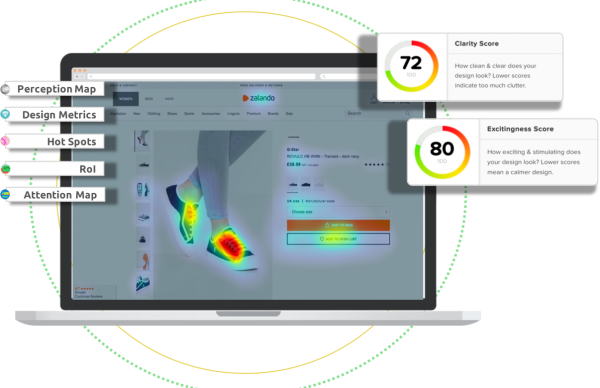We value your privacy
This website uses cookies to ensure you get the best experience on our website.
 Skip to main content
Skip to main content
This website uses cookies to ensure you get the best experience on our website.
Okay, okay. I’ll admit, that’s a rather inflammatory statement but the sentiment remains. For decades, businesses have facilitated focus groups to directly engage with their customers, with the view of collecting more ‘real’ insight into their opinions and the emotions driving purchasing behavior. Whilst this feedback is highly valuable, many businesses are placing too much emphasis on the results, especially when there may be a more accurate, faster and cost-effective method of using consumer insight at scale to influence marketing decisions. *drum roll please* Introducing the power of neuromarketing…
What is neuromarketing?
Let’s start at the very beginning, put simply, neuromarketing is the fusion of neuroscience with marketing activities in order to identify and study consumer behavior and perception, based on cognitive and affective response to marketing inducements. Over the years, advances in the equipment and technology used to study neuroscience have contributed to significant enhancements in how we now interpret consumer perception. In turn, the insights gleaned from various neuroscientific methods have enabled computer scientists to develop datasets and models that use behavioral predictions to identify how consumers will react to stimuli and process information.
The most common techniques of studying neuromarketing:

How does neuromarketing help marketers?
Let’s be honest, as one marketer to another, you never truly know how your customers make purchasing decisions, no matter how many focus groups you facilitate. There are simply too many variations to consider. So what if you focused on the part of the decision-making process that’s intrinsic? Famously, a researcher from Harvard Business School, Gerald Zaltman, found that an overwhelming majority of purchasing decisions (95%) might be unconscious. To marketers, the unconscious implications of marketing are increasingly significant. Due to the proliferation of communication channels and media, the competition for your consumers’ attention is at the highest it has ever been. Here’s why neuromarketing can help.
I know I’m slightly biased but AI-powered technology like EyeQuant understands your consumer’s cognitive preferences and enables you to change creative elements such as the font, color schemes, and the layout of your marketing collateral (packaging, landing pages, ads, billboards etc.) to improve engagement and conversion rate.
What are the benefits of neuromarketing?
For more information on how you can use neuromarketing insights to inform design decisions, get in touch with a member of the team today.



Check out our latest top tips on how you can use EyeQuant to spy on your competitors, analyse mobile...
Read more
In our latest blog we explore how to use neuroscience to help create higher performing digital products.
Read more
Figma is the go-to prototyping platform for many UX and web designers – and not without reason. Its functionality,...
Read more